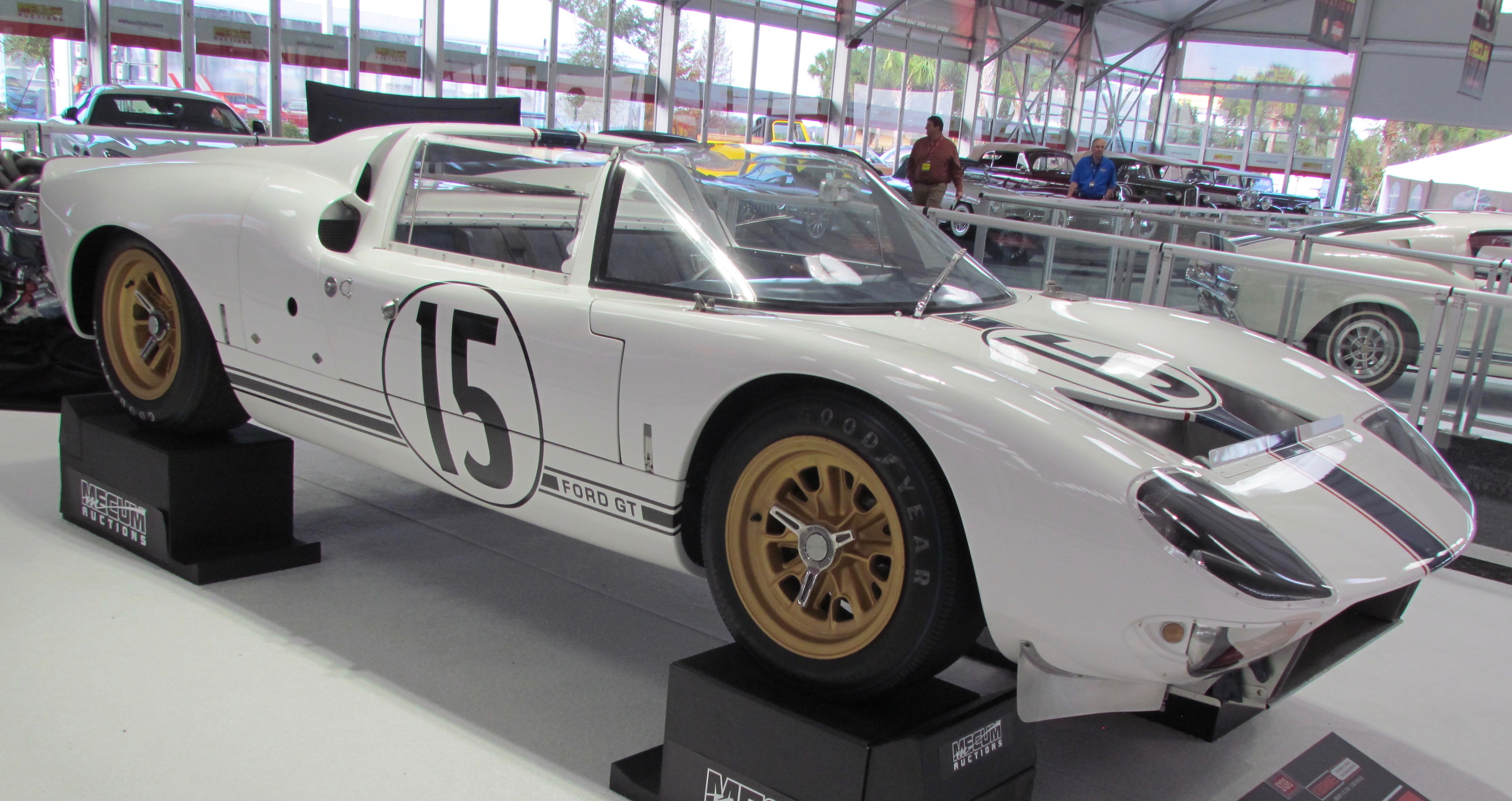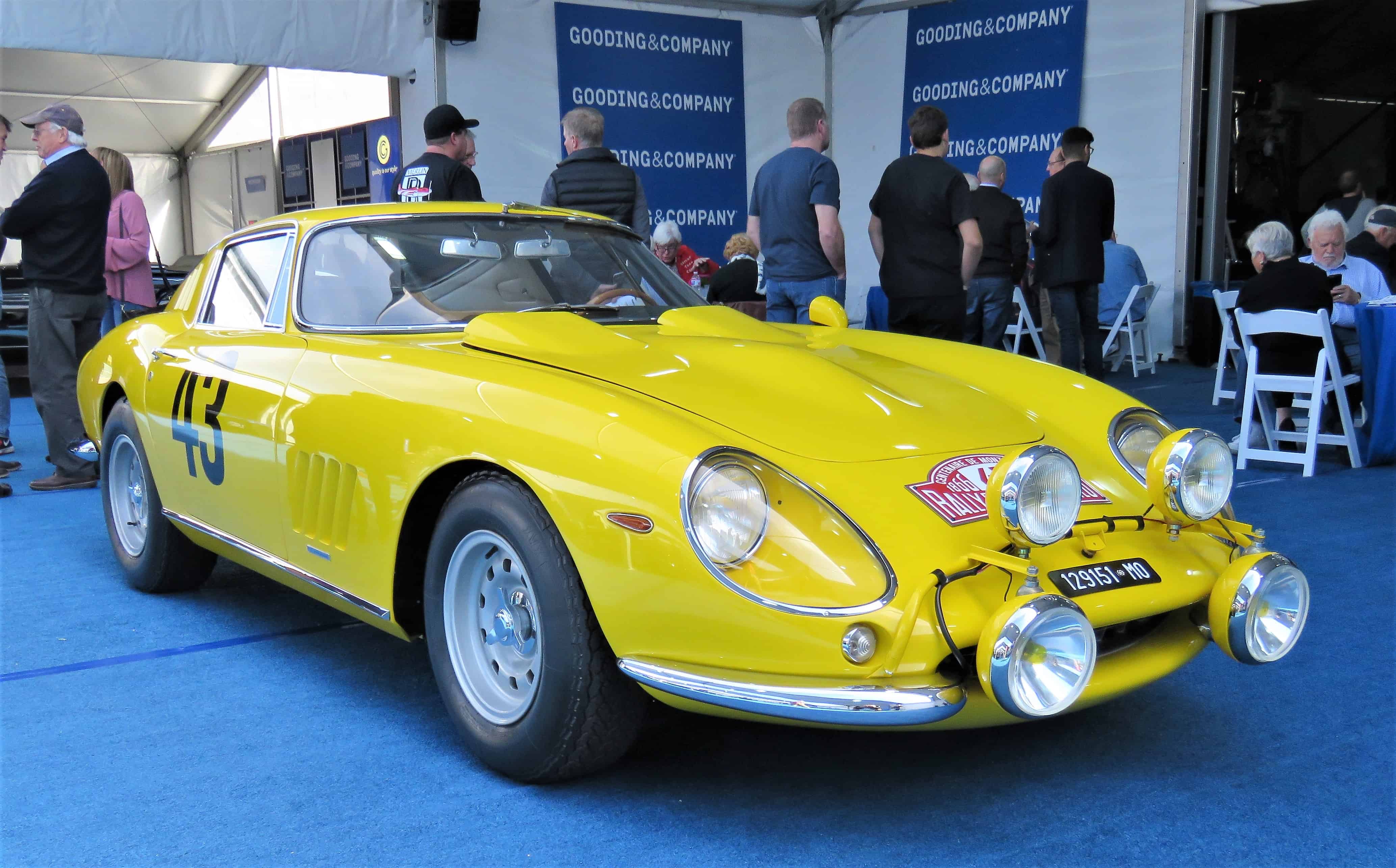The seven collector car sales staged during Arizona Auction Week 2019 sent nearly 2,700 vehicles to new owners, who paid a combined $251 million for those vehicles. But as impressive as those numbers may be, there were more than 630 cars and trucks of varying vintages that were paraded across the auction blocks but were not hammered “Sold! Sold! Sold!”
And while the 81 percent overall sell-through rate for the Arizona auctions is quite impressive, there is another quite-impressive number that should not be overlooked — the millions of dollars that bidders offered that fell short of what consignors thought their cars were worth.
Such “reserve” prices are held in secret between the consignors and the auctioneers. As a car owner watches the bidding develop while a vehicle is on the block, only to fall short of the reserve, the owner has the option — and is very much encouraged by the auction company — to reduce the reserve so the car will sell.
But that doesn’t always happen.
Consider these bids rejected by car owners during Arizona Auction Week 2019:
• $4.8 million on the 1964 Ferrari 275 GTB prototype at Gooding & Company
• $4 million on the 1954 Ferrari 500 Modial at Bonhams
• $7.5 million on the 1957 Ferrari 250 Gt Speciale at RM Sotheby’s
• $1.3 million on the 1925 Bugatti Type 35A Grand Prix racing car at Worldwide Auctioneers
• $925,000 on the 2017 Ferrari F12 TdF at Russo and Steele
And those are just a few of the examples. At RM Sotheby’s, consignors also turned down offers of $5.5 and $1.9 million. At Bonhams, offers on five other cars, each for $1 million or more, were rejected.
It wasn’t only at Arizona where this was taking place. At Mecum’s recent auction in Kissimmee, Florida, consignors declined offers on cars for $10 million (1965 Ford GT Le Mans roadster) and for $6.1 million (2016 Ferrari LaFerrari Aperta).
Nor is it only at the high end of the collector car marketplace where bids are rejected. At Silver Auctions Arizona, only 36 percent of cars sold, yet several bids for less than $10,000 were disdained by car owners, and although the plateau was somewhat higher, it also happened at Russo and Steele, where only 50 percent of cars offered were sold.
The only auction house seemingly excempt was Barrett-Jackson, which has gone to a nearly all no-reserve format, and thus posted a 99.9 percent sell-through at Scottsdale. (The only non-sale of the auction was a 2005 Porsche Carrera GT that was bid to $650,000.)

“It’s always been this way, it’s just more apparent this year,” suggested Dave Kinney, publisher of the Hagerty Price Guide, which tracks auction and private sales transactions, and publishes lists of vehicle values based on their relative operating and cosmetic condition.
Why is the phenomenon more apparent this year? Because the high-end vehicles weren’t strong sellers.
“Above $250,000 some did OK, but overall they just did OK. There were very few spectacular oh-my-God moments with cars above $250,000,” Kinney said.
Kinney has been involved in the collector car hobby as both an observer and participant for decades, and he has some advice for those who insist on setting a reserve when they consign a car to auction.
“Your first loss is your best loss,” he said.
Say what? Kinney explained his point: You set a reserve and it’s not met. You can take the car back, drag it to another auction, and pay for hotel rooms and food, plus there’s what he calls the “risk management” of trailering or shipping the vehicle back and forth.
“Is it worth the extra $5,000 to $10,000?”
“Part of it is pride,” he said of consignors who insist on sticking to their reserves.
There are always people who want to price their car. They take it to auction and put an unreal estimate on it and when bidding doesn’t meet their price, they take it home and wait another year or two and bring it back. But that’s a silly way to determine what your car is worth…”
“People don’t want to lose money on a car. But when it’s in the public forum and it’s out there and you believe the auction company has done a good enough job marketing it, and there are bidders out there, it’s a pretty good indication that the market is speaking to your car.”
Nonetheless, Kinney added, “I’ve seen people haul cars to three and four auctions in a row, and I can think of only one example where someone got substantially more at the third auction. At some point you have to realize that you need to take it off the market and take it home.”
Kinney said there are differences to consider between the catalog auction houses and those sales with more cars but perhaps less pre-sale promotion.
“At a catalog auction, the car is going to have its history written and will spend three or four minutes on the block,” Kinney said, adding that the car may seem even more important than it actually is. On the other hand, at a non-catalog sale, consignors have to rely on bidders having done their homework before the vehicle gets its moment on the block.
Especially for entry-level cars, “nobody wants to absorb a $15,000 loss,” Kinney acknowledged.
But, he added, “There are always people who want to price their car. They take it to auction and put an unreal estimate on it and when bidding doesn’t meet their price, they take it home and wait another year or two and bring it back. But that’s a silly way to determine what your car is worth at a particular place and time. It’s an expensive waste of time.”
Is it possible that some people take a vehicle to auction knowing they’ve set too high a reserve, but do so just to determine what the car actually is worth in the current marketplace? Some might see this as a wise move, considering the consignor doesn’t have to give up a commission, only an entry fee to the auction house.
“If you are doing it (taking a car to auction) for any reason other than for selling the car, you’re doing it for the wrong reason,” Kinney said. “If you want to find out what the car is worth, hire an appraiser. If you’re just marketing the car (by exposing it at auction, especially one with national television coverage), do a website for it.
“It’s not fair to the auction company to make it go through the motions if you’re not going to sell your car.”





